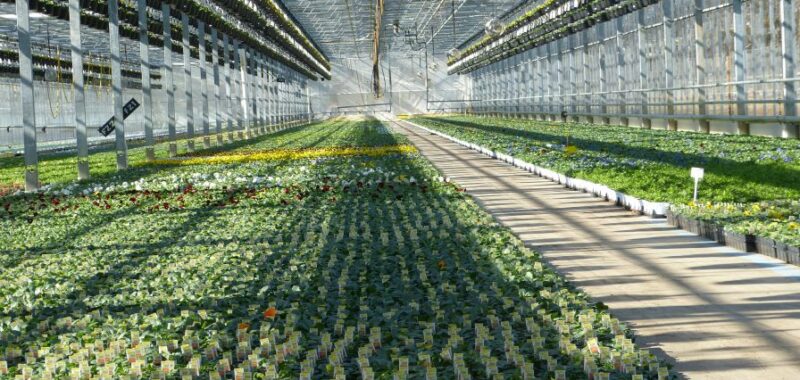
Greenhouse biocontrols | BioSafe Systems
Recently, our sister brand of GrowingProduce (under the Meister Media Worldwide umbrella) covered its entry in the new Biological Crop Protection Report as part of the Global Insight Series. Here’s a preview of “Testing Biocontrols: How to Get Results You Can Rely On”:
A big challenge facing growers when buying biological controls is a dearth of public trials and research. Years of attrition at university Extension offices — in personnel and funding — have taken a toll on how much research takes place. To an extent, that has pushed testing new products onto growers. The only problem? Growers aren’t trained researchers. And that training is needed to help them gain reliable results when so many factors can impact how any given field or plot’s crops behave, from weather to sprays drifting from adjacent areas to variations in soil health.
So, we turned to one of the top vegetable pathologists in the country, Anthony Keinath, Professor of Plant Pathology and Research and Extension Vegetable Pathologist at Clemson University. He has tested both conventional and biological solutions for years, and his hard-earned experience has taught him a thing or two.
After giving some thought to how growers can succeed on their own, Keinath came up with several keys to success.
1. Always Have a Control
“A lot of growers want to test a new biopesticide, and they’ll go out and out and spray their 80-acre field,” says Keinath.
On the surface, it makes sense. If the field flourishes, then you might conclude that the product works. However, without an untreated section to compare the results to, it’s just as likely that other factors had a bigger impact. Especially when you are testing for vegetable disease treatments.
Keinath gives an example of a tomato grower who once thanked him profusely for curing his late blight problems. Later on, Keinath’s technician privately told him the temperature shot up the week following spraying.
“That probably helped a lot,” he says. “You don’t know whether it was a change of the environment that was not favorable for the disease so it just naturally slowed down — or did the biopesticide protect new growth?”
An untreated plot could have answered that question for you.
2. Replicate Tests if You Can
“You will get better data and be able to make a more firm conclusion if you have replicated plots,” Keinath says.
Take the simplest test — a field divided in half, with the control crops on one side and the test product on the other. It’s a great deal more effective if you quarter the field instead. In fact, the more replications, the better. Still, one thing to keep in mind is that the test plots need to balance with the control plots.
For more keys to success in testing biocontrols, click here to continue reading the full article as part of Growing Produce‘s special report on Biological Crop Protection.

